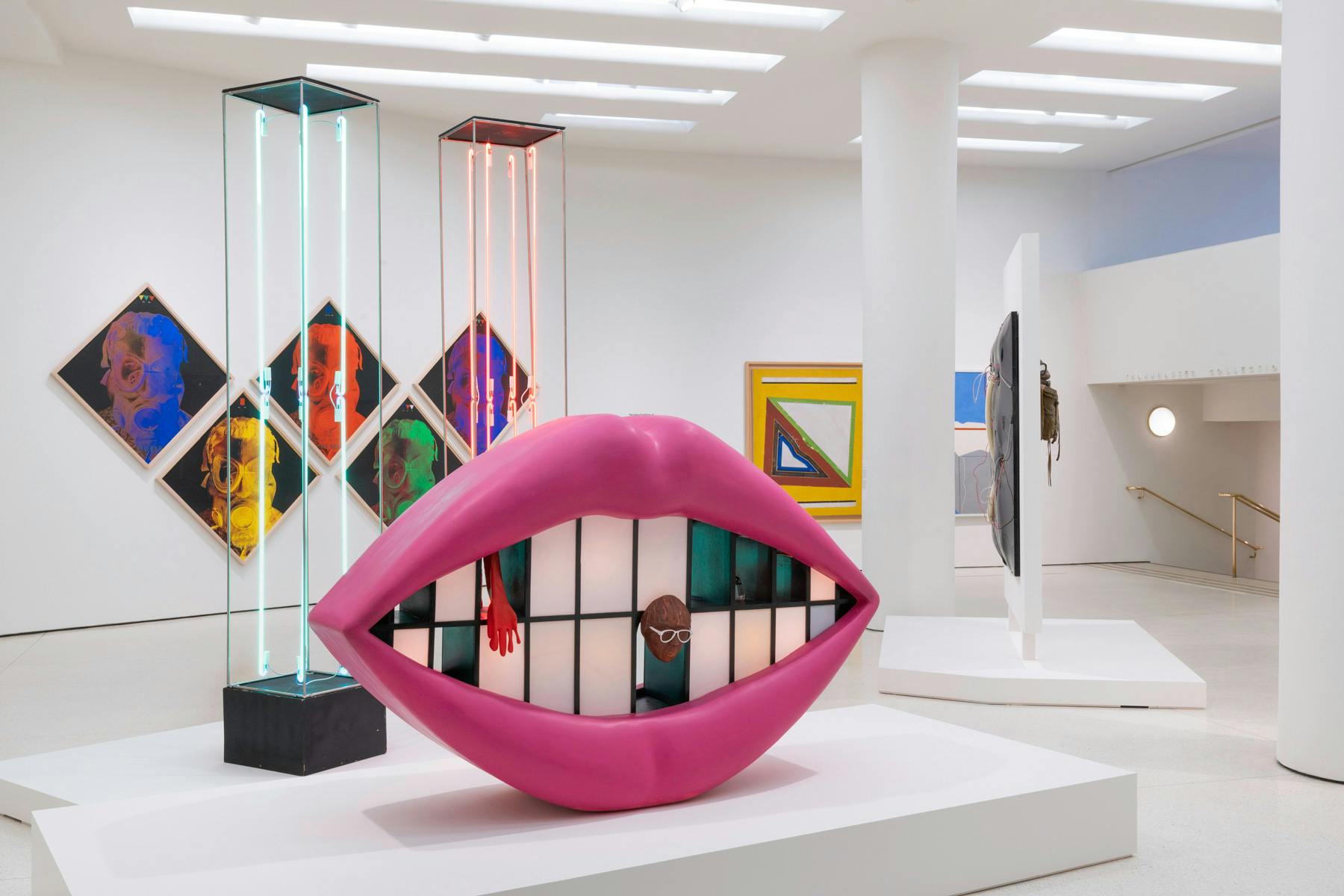Published September 5, 2023
5 Museum Shows to See This Fall in New York City
As the art world re-emerges from its annual summer hiatus, major museums are gearing up for a busy season of fall exhibitions. In a city with so much on offer, here are 5 exhibits to see in New York City during the fall season. The selected shows offer an impressive variety and span different artistic mediums, time periods, and geographies. From the origins of Fauvism to contemporary conceptualism, these shows provide a comprehensive and diverse opportunity to broaden your horizons.

Only the Young: Experimental Art in Korea, 1960s-1970s, The Guggenheim - Sept 1 - Jan 7
Korean Experimental art (silheom misul) was born from the country’s transformation and modernization following the Korean War and included some of the most significant avant-garde artistic practices of the twentieth century. Featuring works by Ha Chong-Hyun, Kim Kulim, Jung Kangja, Lee Seung-taek, Lee Kang-So, Lee Kun-Yong, and Sung Neung Kyung, the exhibition showcases a variety of mediums, including painting, sculpture, ceramics, photography, video, installation, and film, as well as performances, publications, and seminars. This exhibition is co-organized with the National Museum of Modern and Contemporary Art, Korea.
Ruth Asawa Through Line, Whitney Museum, September 16 - January 15
Though widely recognized for her undulating wire sculptures, Ruth Asawa’s daily ritual of drawing was instrumental to her artistic practice. Ruth Asawa Through Line at the Whitney is the first exhibition to show how drawing allowed the artist to develop the visual language used in her iconic sculptures and public commissions. Featuring over 100 works on paper, the exhibition utilizes drawings, collages, stamped prints and copper foil works to showcase the through-line of her practice which Asawa described as the “greatest pleasure and the most difficult”. The exhibition is arranged thematically and features many works that have not been previously shown publicly. While Ruth Asawa’s work has been a part of The Whitney’s programming since the 1950s, this new exhibition presents an opportunity to examine an overlooked part of her creative output.
Tania Pérez Córdova: Generalization, SculptureCenter Sept 23 - Dec 11
SculptureCenter presents the first US institutional exhibition of works by Tania Pérez Córdova that considers our relationships with everyday objects. Originally curated by Museo Tamayo in Mexico City last winter, the exhibition has been adapted for SculptureCenter’s galleries. Pérez Córdova describes this iteration as a continuation rather than a simple rehanging. Celebrating Cordova’s quiet and contemplative practice, the show will feature a mix of 24 works that were made in the past ten years and specially commissioned for SculptureCenter.

Puppies Puppies, Nothing New, New Museum, Oct 12 - Jan 14
The artist Puppies Puppies (Jade Kuriki-Olivo) spent much of her career obscuring her identity. The anonymity enabled viewers to examine the artwork in isolation and diminished the potential to draw conclusions based upon the artist's identity and life. For the three-month run of Nothing New, Puppies transforms the New Museum’s lobby into a space to perform her daily routine, offering viewers the opportunity to engage with the artist directly. By inviting museum visitors to “experience her life as if through a screen”, Puppies is taking a bold new step towards transparency and visibility in her work.

Vertigo of Color: Matisse, Derain, and the Origins of Fauvism, The Metropolitan Museum of Art, Oct 13 - Jan 21
This fall, the Met is showing a trove of works made by Henri Matisse and André Derain during a single summer in 1905 that marked a radical shift in art history. Finding inspiration in the local surroundings of Collioure, a fishing village on the Mediterranean, Matisse and Derain developed a new visual language to wield color and light that was later known as Fauvism. This style celebrated strong emotional color over representational accuracy and pushed boundaries of expression through color. The short-lived Fauvism movement was essential to the development of modern art in the early 20th century. In this exhibition, the Met offers a selection of 65 works from that fateful summer and showcases some of the best known examples of Fauvism, including Matisse’s Woman with a Hat and Derain’s Fishing Boats, Collioure. Several paintings including Woman with a Shawl: Madame Matisse in a Kimono (pictured), have not been shown in the United States for half a century.





